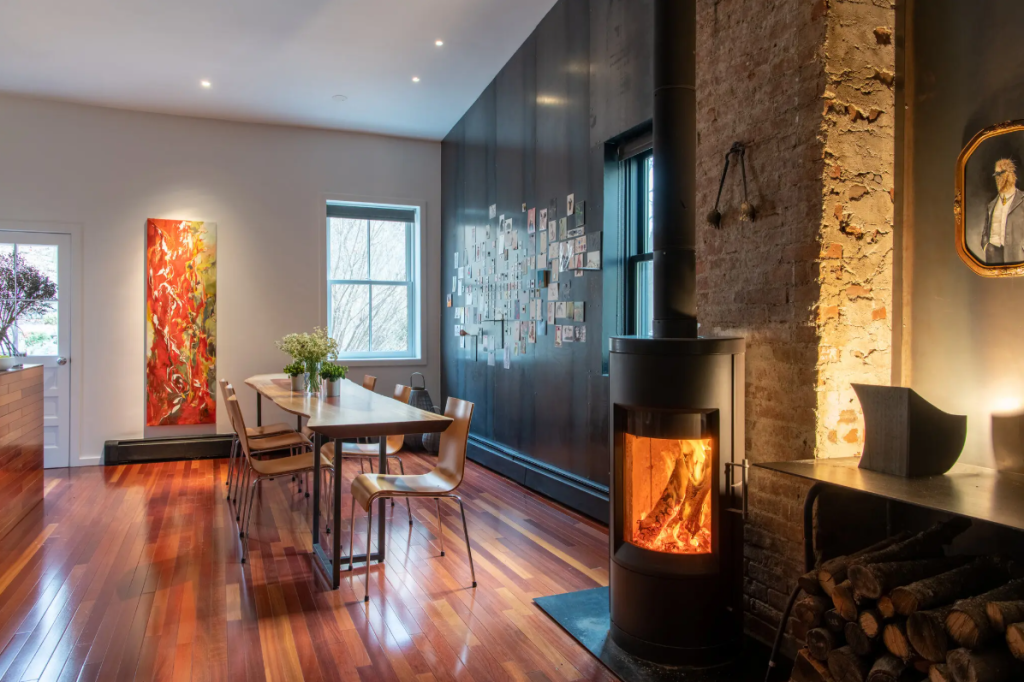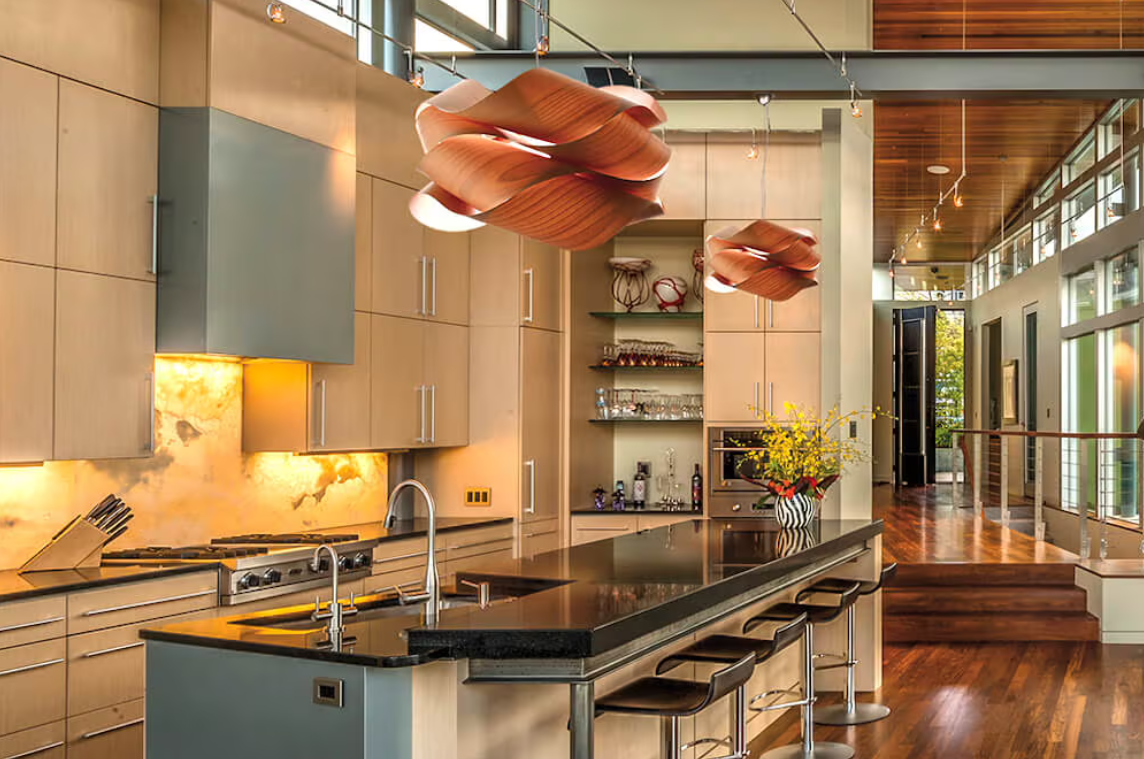Lighting is one of the most underestimated elements in interior design, yet it has the power to make or break a space. Too often treated as an afterthought, lighting should actually be one of the first things considered when designing a room. Here are five compelling reasons why lighting deserves to be a priority—not an add-on.
1. Lighting Shapes Mood and Atmosphere
Light directly affects how we feel in a space. Soft, warm lighting can make a room feel cozy and inviting, while bright, cool lighting promotes alertness and focus. This is not just aesthetic—it’s biological. Light impacts our circadian rhythms, energy levels, and even mental health. If you’re designing a bedroom, a home office, or a dining space, getting the lighting right can mean the difference between a room you tolerate and a room you love.
2. It Defines Function and Flow
Every room serves a different purpose, and lighting should support that. Task lighting in the kitchen, ambient lighting in the living room, and accent lighting in a gallery wall all help define how a space is used. When lighting is thoughtfully layered—combining ambient, task, and accent sources—it creates a visual roadmap through the home. This not only improves functionality but helps the space feel intentional and well-composed.

3. It Highlights Design Features
You can spend thousands on furniture, finishes, and artwork, but without proper lighting, they won’t shine—literally. Lighting draws attention to texture, color, and architectural details. Uplighting can emphasize a coffered ceiling; wall washers can show off a textured surface; and a spotlight can elevate a piece of vintage art from background filler to focal point. Good lighting doesn’t compete with your design—it completes it.
4. Lighting Changes Perception of Space
Lighting affects how big or small a room feels. A well-lit room appears larger, while poorly lit spaces feel cramped or dreary. Strategic placement of lights can open up a space or make a high-ceilinged room feel more grounded. Mirrors, paired with the right light source, can multiply and bounce light around a room, amplifying both brightness and perceived space. It’s a designer’s secret weapon for working with tricky dimensions.
5. It Adds Personality Without Clutter
While accessories like pillows and vases add style, lighting does double duty—it provides function and acts as décor. A bold pendant light, a vintage sconce, or a sculptural floor lamp can define a room’s aesthetic with zero added clutter. In minimalist or small-space designs, lighting becomes a key opportunity to inject personality without sacrificing space or utility.
Final Thoughts
Lighting isn’t just about being able to see—it’s about being able to feel, function, and fully enjoy your home. Whether you’re redesigning a single room or an entire house, don’t leave lighting until the end. Design with light in mind from the start, and your space will thank you for it.

Leave a Reply